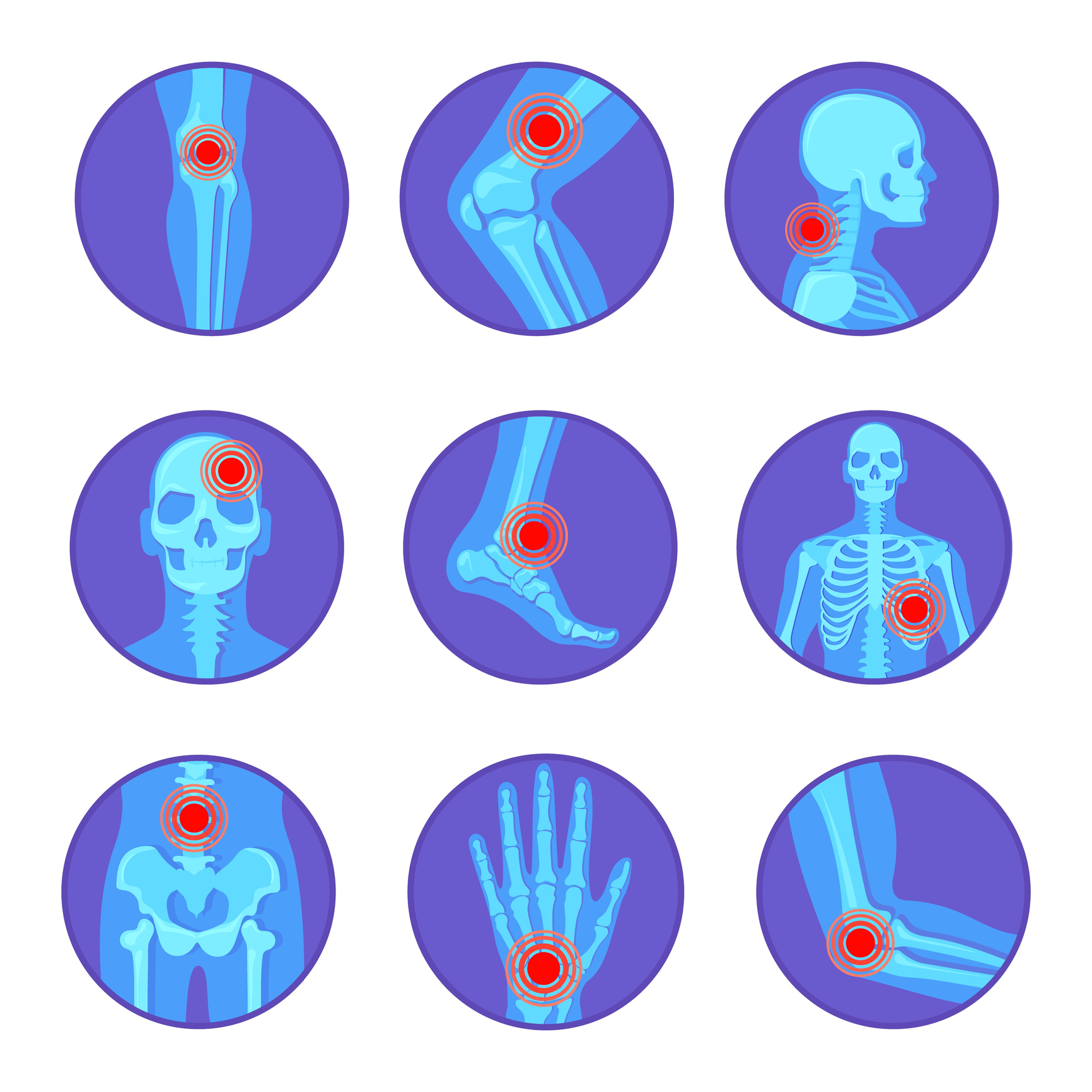Osteoporosis and lumbar disc degeneration (LDD) have been common causes that make increasing patients suffer from different degrees of low back pain. At present, whether osteoporosis degenerates or protects disc is still controversial, and the correlation between hip bone mineral density (BMD) and LDD still remains unclear. Our study aims to analyze the correlation between BMD of different sites and LDD in postmenopausal women, and explore the potential pathophysiological mechanism of them.One hundred ninety-five postmenopausal female patients were enrolled and divided into osteoporosis, osteopenia, and normal bone mass groups. Their BMD and lumbar spine magnetic resonance imaging were retrospectively analyzed. Two spine surgeons were selected to assess LDD according to Pfirrmann grading system.Based on lumbar BMD, LDD of normal bone mass group was more severe than the other 2 groups in L1/2 and L2/3 segments (P .05). Lumbar BMD (L1-L4) was positively correlated with corresponding degree of LDD (L1/2-L4/5) (P < .05), whereas there was no correlation between hip BMD and degree of LDD (P = .328).There is a positive correlation between lumbar BMD and LDD in postmenopausal women, which is more obvious in the upper lumbar spinal segments (L1, L2). However, there is no correlation between hip BMD and LDD, suggesting that in postmenopausal women with lumbar degenerative disease, hip BMD is more suitable for the diagnosis of osteoporosis.Copyright © 2022 the Author(s). Published by Wolters Kluwer Health, Inc.
Correlation between bone mineral density of different sites and lumbar disc degeneration in postmenopausal women.


